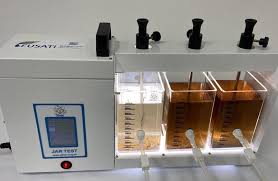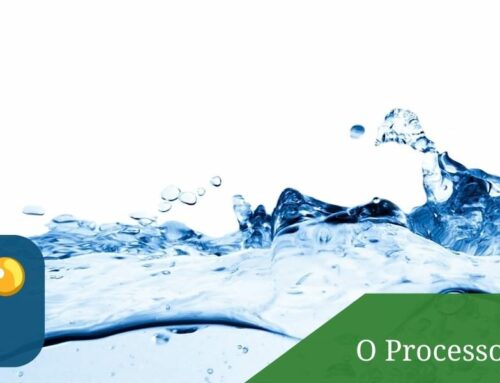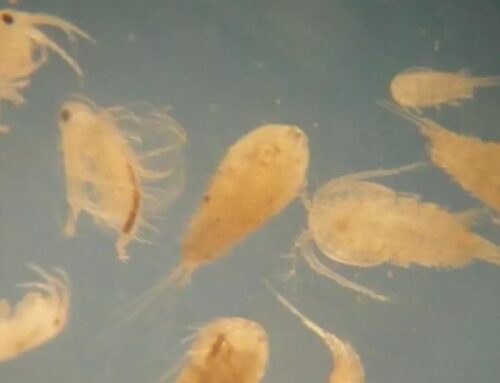The coagulation process aims at the destabilization of colloidal and suspended particles through chemical and physical phenomena. The optimal coagulation condition, that is, the best relation between coagulant dosage and pH for each treatment technology must be established in laboratory experiments, through, for example, Jar Test, which will allow the formulation of coagulation diagrams.
The Processes of a Jar Test
The Jar Test is used to evaluate the ideal treatment conditions, whether for water or wastewater. In this test we can simulate, with different concentrations, how the effluent will react with the addition of the coagulant, agitation speed, etc. After the coagulation step, there is flocculation, which requires slow stirring.
In Manaus, we are showing how important it is to perform the Jar Test. After adopting this analysis, in an Effluent Treatment Plant operated by us, we have achieved excellent results in the quality indicators of our client’s effluent, and significantly reduced the use of coagulants and flocculants.

The EP Group Service
Our service in this work is restricted to the operationalization of the ETDI of the Manaus Refinery. We collect samples, perform physical cleanings, operate equipment, prepare chemical solutions for treatment, and monitor the effluent through
STEP
our digital tool for monitoring ETAs and ETEs. We base this success mainly on the test, because based on its results, we know how much coagulant and flocculant we should dose so that we have an optimal mixture in the effluent.

Another importance of the Jar Test would be to do tests with new products and concentrations, such as changing the coagulant and its optimum concentration.
Therefore, we can, without a shadow of a doubt, affirm that the correct performance of Jar Test, and by qualified and trained people, is the key to success for an efficient treatment.
Check out other publications on our blog!
Jorge Alexandre Oliveira Uchôa (
LinkedIn
)





